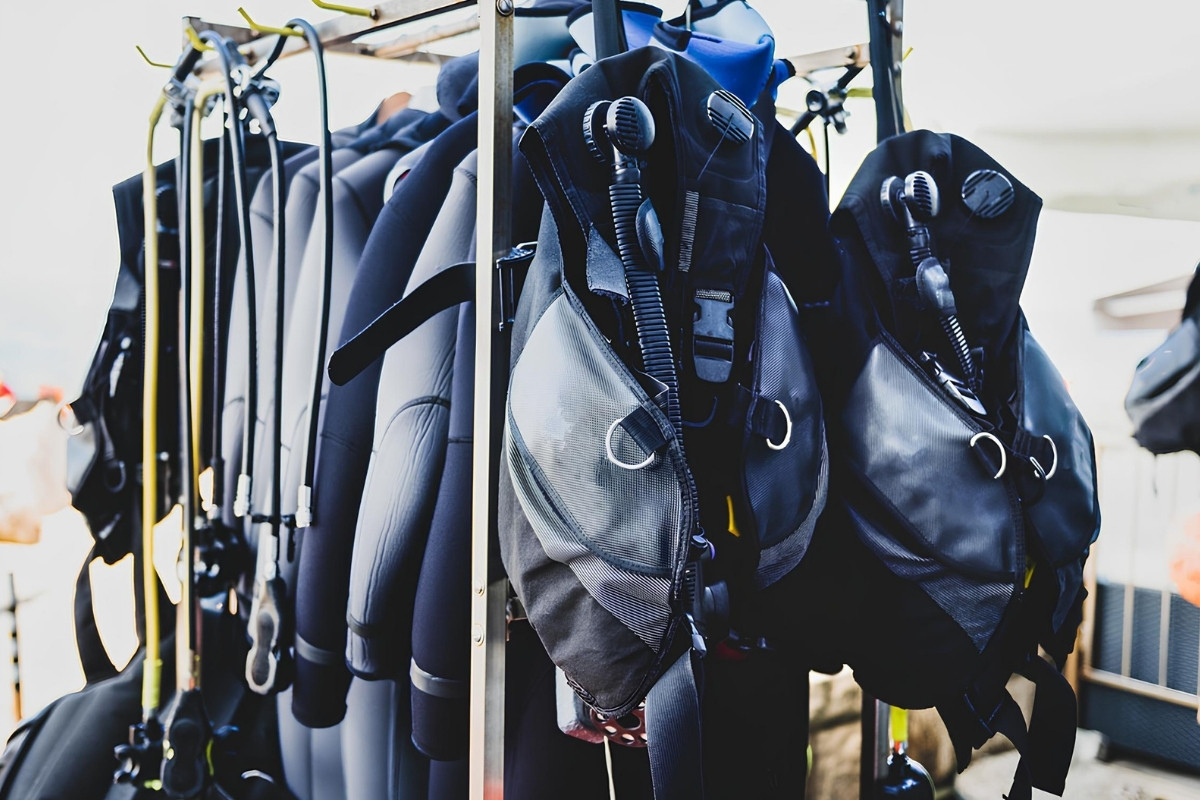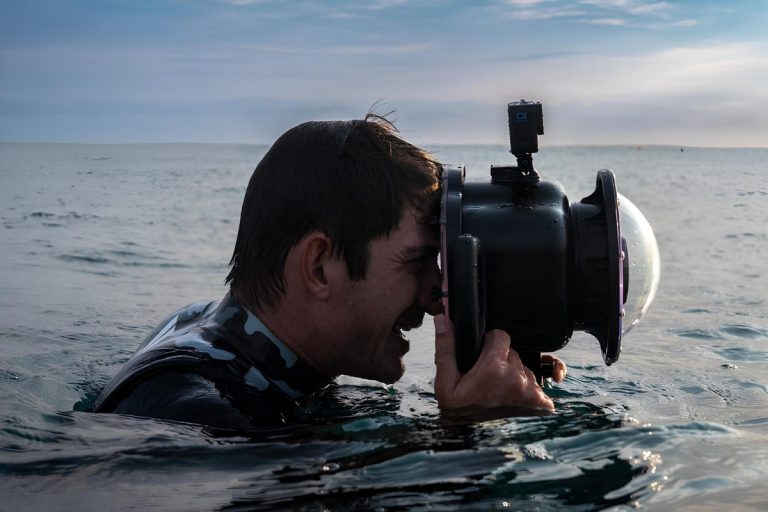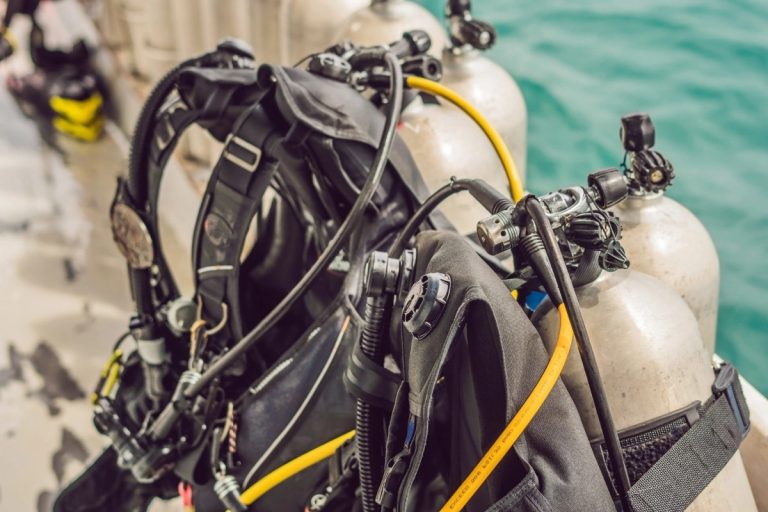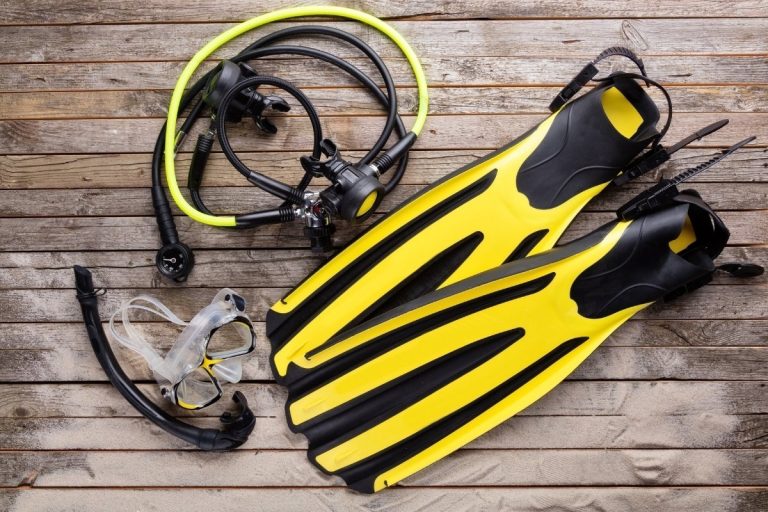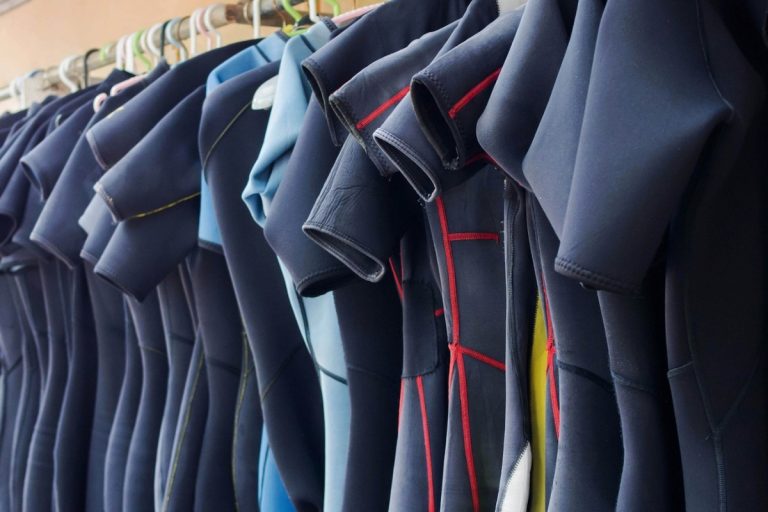Introduction to Gear Care
Proper gear maintenance forms the backbone of any successful outdoor adventure. Whether you’re heading out for a weekend camping trip or embarking on a multi-day expedition, well-maintained equipment can mean the difference between a memorable experience and a potentially dangerous situation. Your gear represents a significant investment, and taking care of it properly ensures you’ll get years of reliable service while maintaining peak performance.
The outdoor environment can be harsh on equipment. Salt water, mud, sand, UV rays, and temperature extremes all take their toll on even the highest-quality gear. Without proper care, expensive items can deteriorate rapidly, losing their effectiveness and potentially failing when you need them most. Regular maintenance not only extends the life of your equipment but also helps you identify potential problems before they become serious issues in the field.
Why Gear Care is Important
Taking care of your outdoor gear goes beyond simple cleanliness. Proper maintenance preserves the technical properties that make your equipment effective. Waterproof coatings, insulation, and structural integrity all depend on regular care and attention. When you neglect maintenance, these critical features begin to break down, compromising your safety and comfort.
Financial considerations also play a major role in gear care. Quality outdoor equipment represents a substantial investment, and replacing items prematurely due to neglect can strain any budget. With proper maintenance, most gear will last for many years, providing excellent value for your investment. Regular care also helps maintain resale value should you decide to upgrade your equipment.
Overview of Maintenance Techniques
Effective gear maintenance involves several key practices that work together to keep your equipment in top condition. Cleaning removes harmful contaminants that can damage materials over time. Proper drying prevents mold, mildew, and bacterial growth that can cause odors and material degradation. Waterproofing treatments restore protective coatings that wear away with use and exposure.
Storage techniques protect gear from environmental damage during periods of non-use. Temperature control, humidity management, and proper organization all contribute to extending gear life. Regular inspection allows you to identify wear patterns, potential failures, and maintenance needs before they become serious problems. Understanding these fundamental principles helps you develop effective maintenance routines tailored to your specific gear and usage patterns.
Rinsing Your Gear
Rinsing represents the first and most important step in proper gear maintenance. After every outdoor adventure, your equipment accumulates dirt, salt, sweat, and other contaminants that can cause long-term damage if left untreated. Fresh water rinsing removes these harmful substances before they have a chance to penetrate materials or cause chemical reactions that weaken fibers and coatings.
The timing of rinsing is crucial for maximum effectiveness. Ideally, you should rinse gear as soon as possible after use, while contaminants are still fresh and easier to remove. Salt water exposure requires immediate attention, as salt crystals can continue to absorb moisture from the air and cause ongoing damage even after the gear appears dry. Sand and dirt particles can act like sandpaper, wearing away protective coatings and weakening fabric fibers if allowed to remain in contact with materials for extended periods.
Best Practices for Rinsing
Effective rinsing requires more than simply spraying equipment with water. Start by removing any loose dirt or debris by shaking or brushing items gently. Use cool to lukewarm water for most materials, as hot water can damage certain synthetic fabrics and waterproof coatings. Pay special attention to zippers, buckles, and other hardware where salt and grit tend to accumulate.
For items with complex construction like backpacks or technical clothing, turn them inside out when possible to ensure thorough cleaning of all surfaces. Rinse systematically, working from top to bottom to prevent recontamination of already-cleaned areas. Don’t forget about less obvious areas like the inside of pockets, under flaps, and around seams where contaminants often hide.
Cleaning Different Gear Materials
Different materials require specific approaches for optimal cleaning results. Synthetic fabrics generally tolerate regular detergents well, but avoid fabric softeners which can interfere with moisture-wicking properties and waterproof treatments. Down insulation requires special care to maintain loft and prevent clumping. Use gentle agitation and ensure complete drying to prevent mold growth.
Leather items need conditioning after cleaning to prevent cracking and maintain flexibility. Neoprene responds well to specialized cleaners that remove salt buildup and eliminate odors. Metal components benefit from thorough rinsing followed by complete drying to prevent corrosion. Understanding these material-specific requirements helps you choose appropriate cleaning methods for each piece of equipment.
Specialized Cleaners: Nikwax Products
While water alone removes many contaminants, specialized cleaners provide superior results for technical outdoor gear. Nikwax offers a comprehensive range of cleaning products designed specifically for outdoor equipment. Tech Wash effectively cleans waterproof fabrics while maintaining breathability and preparing surfaces for reproofing treatments. Base Wash works well for synthetic base layers and moisture-wicking garments.
Down Wash provides gentle cleaning for down-filled items without damaging the delicate feather structure. These specialized cleaners remove dirt and odors more effectively than regular detergents while preserving the technical properties that make outdoor gear perform properly. Using the right cleaner for each type of gear ensures optimal results and extends equipment life significantly.
Waterproofing Techniques
Waterproofing forms a critical component of gear maintenance that directly impacts performance and safety. Most outdoor equipment relies on waterproof or water-resistant treatments to function properly, but these protective coatings gradually wear away through use and exposure. Regular reproofing restores these essential barriers, maintaining the gear’s ability to keep you dry and comfortable in challenging conditions.
The science behind waterproofing involves creating a barrier that prevents water penetration while allowing moisture vapor to escape. This balance between waterproofing and breathability requires specialized treatments that bond with fabric fibers at the molecular level. Over time, abrasion, UV exposure, and repeated washing gradually break down these treatments, reducing their effectiveness and compromising gear performance.
Importance of Waterproofing
Waterproof treatments do more than simply keep water out. They also help maintain the insulating properties of clothing and sleeping systems by preventing moisture accumulation that can reduce thermal efficiency. For shell garments, waterproofing preserves breathability by ensuring that the fabric’s pore structure remains uncompromised by water infiltration.
Beyond performance considerations, proper waterproofing extends gear life by preventing water damage to internal components and reducing the likelihood of mold and mildew growth. Waterlogged gear becomes heavy, uncomfortable, and potentially dangerous in cold conditions where hypothermia risk increases with moisture exposure. Regular waterproofing maintenance ensures your gear continues to provide reliable protection when you need it most.
When to Waterproof Your Gear
Determining the right timing for waterproofing treatments requires attention to both visual cues and performance indicators. Water should bead up and roll off properly treated surfaces rather than soaking in or spreading across the fabric. When you notice water beginning to soak into previously waterproof materials, it’s time for retreatment.
Most manufacturers recommend reproofing after every 5-10 washes or at least twice per year for frequently used items. However, usage conditions significantly impact this timeline. Gear exposed to saltwater, extreme temperatures, or heavy abrasion may require more frequent treatment. Ultraviolet exposure also accelerates the breakdown of waterproof coatings, making reproofing more critical for gear used in high-altitude or desert environments.
Products for Effective Waterproofing
Choosing the right waterproofing product depends on the specific materials and construction of your gear. Spray-on treatments work well for items that can’t be machine washed or for spot treatment of high-wear areas. Wash-in products provide more even coverage and better penetration for items that can be machine processed. Some products combine cleaning and waterproofing in a single step, simplifying maintenance routines.
Quality waterproofing products restore water repellency without compromising breathability or other technical properties. They should be compatible with the specific materials in your gear and appropriate for the intended use conditions. Following manufacturer instructions carefully ensures optimal results and prevents damage from improper application or incompatible products.
Storage Solutions for Gear
Proper storage protects your investment during periods when gear isn’t actively being used. Environmental factors like temperature fluctuations, humidity, UV exposure, and pests can cause significant damage to equipment left in unsuitable conditions. Creating an appropriate storage environment and using effective organization systems helps maintain gear condition while making items easily accessible when needed.
The storage environment should remain relatively stable in terms of temperature and humidity. Extreme heat can damage synthetic materials and adhesives, while freezing temperatures can make some materials brittle. High humidity promotes mold and mildew growth, while very dry conditions can cause leather and rubber components to crack. A climate-controlled indoor space typically provides the best storage conditions for most outdoor gear.
Organizing Gear in a Dry Environment
Effective organization starts with choosing the right storage location. Basements, attics, and garages often experience temperature and humidity extremes that can damage equipment. A spare closet, dedicated storage room, or climate-controlled storage unit provides better conditions for long-term gear preservation. Ensure adequate ventilation to prevent moisture buildup and maintain air circulation around stored items.
Group similar items together for easy access and inventory management. Keep frequently used items in easily accessible locations while storing seasonal or specialty gear in less convenient spots. Use clear storage containers when possible to identify contents without opening multiple containers. Label everything clearly to streamline gear selection for specific activities or trips.
Using Hooks and Bins for Storage
Wall-mounted hooks provide excellent storage for items that benefit from hanging, such as backpacks, climbing harnesses, and technical clothing. This method prevents compression damage while allowing air circulation around stored items. Install hooks at appropriate heights and spacing to accommodate different gear sizes without overcrowding.
Rubbermaid bins and similar containers offer protection from dust, pests, and moisture while keeping related items organized. Choose containers with tight-fitting lids and consider adding moisture-absorbing packets for extra protection in humid environments. Avoid overpacking containers, which can cause compression damage to delicate items like down insulation or waterproof fabrics.
Temperature Control and Gear Longevity
Consistent temperature control significantly impacts gear longevity. Extreme heat accelerates the breakdown of synthetic materials, adhesives, and waterproof coatings. Cold temperatures can make rubber and plastic components brittle and prone to cracking. Maintaining temperatures between 50-80°F provides optimal conditions for most outdoor equipment.
Avoid storing gear in vehicles, sheds, or other uninsulated spaces where temperatures can fluctuate dramatically. If climate-controlled storage isn’t available, choose the most stable environment possible and check stored items regularly for signs of temperature-related damage. Some items, like batteries and certain electronics, have specific temperature requirements that may differ from general gear storage guidelines.
Annual Gear Maintenance
Annual maintenance routines provide opportunities for thorough inspection, deep cleaning, and preventive care that daily maintenance might miss. This comprehensive approach helps identify wear patterns, potential failures, and maintenance needs before they become serious problems. Scheduling annual maintenance during off-seasons ensures gear is ready for peak-use periods and helps extend equipment life significantly.
The annual maintenance process should be systematic and thorough, covering every piece of equipment in your inventory. Create checklists for different categories of gear to ensure nothing gets overlooked. Document any issues discovered during inspection, along with repairs made or items needing replacement. This record-keeping helps track gear condition over time and informs future purchasing decisions.
What to Inspect Annually
Begin annual inspections by examining structural integrity and wear patterns. Look for signs of fabric degradation, seam separation, hardware corrosion, and component wear. Pay special attention to high-stress areas like attachment points, zippers, and areas subject to frequent abrasion. Check waterproof coatings, insulation loft, and the condition of elastic components that may lose their stretch over time.
Functional testing forms an important part of annual inspection. Test zippers, buckles, and adjustment mechanisms for smooth operation. Verify that waterproof items still repel water effectively and that insulated gear maintains proper loft. Check the accuracy of instruments like compasses and altimeters, and test electronic devices to ensure proper operation and battery life.
Cleaning Cooking Systems and Restocking Kits
Cooking systems require special attention during annual maintenance due to food residue, grease buildup, and potential fuel contamination. Disassemble stoves and cookware completely for thorough cleaning. Remove carbon buildup from burner heads and check fuel lines for cracks or clogs. Replace worn gaskets and O-rings to maintain proper sealing and prevent dangerous fuel leaks.
First aid kits need regular restocking and updating to remain effective. Check expiration dates on medications and replace expired items promptly. Verify that bandages, tape, and other supplies remain in good condition and haven’t been contaminated by moisture or pests. Update kit contents based on lessons learned from recent adventures and changes in group size or activity types.
Assessing Necessary Gear for the Season
Annual gear assessment provides an opportunity to evaluate your equipment inventory against planned activities for the coming season. Consider new destinations, different activity types, or changes in group composition that might require additional or different equipment. This planning process helps identify gear gaps before they become problems in the field.
Review the condition and suitability of existing gear for planned activities. Items showing significant wear might need replacement before critical trips. Consider upgrading gear that has proven inadequate or uncomfortable during recent adventures. This systematic approach ensures you’re properly equipped for upcoming challenges while avoiding unnecessary purchases or last-minute gear shortages.
Common Gear Issues and Fixes
Even well-maintained gear eventually develops problems that require attention. Understanding common issues and their solutions helps you address problems quickly and effectively, often extending gear life significantly. Many problems that seem serious can be resolved with simple repairs or adjustments, saving money and preventing gear failures in critical situations.
Developing basic repair skills pays dividends for any outdoor enthusiast. Simple fixes like patching holes, replacing broken buckles, or re-sealing seams can be accomplished with basic tools and materials. More complex repairs might require professional service, but knowing when to attempt repairs yourself versus seeking professional help prevents further damage and ensures safe, reliable repairs.
Identifying Common Problems
Fabric wear typically manifests as thinning areas, small holes, or fraying edges, particularly in high-abrasion zones. Waterproof coatings often fail gradually, with water beginning to soak into previously resistant materials. Zipper problems range from simple dirt accumulation to broken teeth or failed sliders that require replacement.
Hardware issues include corroded buckles, stretched elastic, and worn attachment points. Insulation problems typically involve compression that reduces loft or migration that creates cold spots. Electronic gear may suffer from corrosion, water damage, or simple battery failure. Learning to recognize these common problems early allows for timely intervention before minor issues become major failures.
Quick Fixes for Common Issues
Many gear problems respond well to simple fixes that can be accomplished in the field or at home with basic supplies. Seam sealer can address minor waterproofing failures along stitched areas. Fabric patches work well for small holes in non-critical areas. Zipper problems often resolve with cleaning and lubrication using specialized products.
Temporary repairs using duct tape, cable ties, or safety pins can keep gear functional until proper repairs can be made. Keep a basic repair kit with patches, adhesive, and simple tools for emergency fixes. Understanding the limitations of temporary repairs helps you make informed decisions about continuing to use damaged gear versus seeking immediate replacement.
When to Seek Professional Help
Some repairs require professional expertise to ensure safety and maintain gear performance. Structural repairs to load-bearing components like climbing harnesses or mountaineering boots should always be handled by qualified professionals. Complex waterproof/breathable fabric repairs often require specialized materials and techniques beyond typical home repair capabilities.
Electronics repairs typically require professional service unless you have specific technical expertise. When repair costs approach replacement costs, consider whether professional repair makes economic sense. Factor in the age and condition of the item, availability of replacement parts, and your confidence in the repair quality when making these decisions.
Special Considerations for Specific Gear
Different types of outdoor gear require specialized maintenance approaches based on their materials, construction, and intended use. Understanding these specific requirements helps you provide appropriate care for each piece of equipment, maintaining performance and extending service life. Generic maintenance approaches may not address the unique needs of specialized gear types.
Water sports equipment faces particular challenges from salt exposure, UV damage, and the need for thorough drying to prevent biological growth. The materials used in wetsuits, dry suits, and related gear have specific care requirements that differ significantly from typical outdoor clothing and equipment.
Maintaining Wetsuits
Wetsuit care begins with thorough rinsing after each use to remove salt, sand, and organic matter that can cause odors and material degradation. Use cool fresh water and pay special attention to zippers and seams where contaminants tend to accumulate. Specialized wetsuit shampoos can help eliminate odors and condition neoprene materials.
Proper drying is crucial for wetsuit longevity. Hang suits inside-out in a shaded, well-ventilated area away from direct sunlight and heat sources. UV exposure and high temperatures can cause neoprene to become brittle and lose flexibility. Store wetsuits on wide hangers to prevent creasing, or lay flat if hanging isn’t possible. Avoid folding, which can create permanent creases that compromise thermal efficiency.
Caring for Dry Suits
Dry suit maintenance focuses on preserving waterproof integrity and maintaining the functionality of seals and zippers. Inspect seals regularly for cuts, tears, or deterioration that could compromise waterproofing. Clean seals gently with appropriate products and avoid stretching or twisting that could cause damage.
Waterproof zippers require special attention and lubrication with products specifically designed for these applications. Regular lubrication prevents corrosion and ensures smooth operation. Store dry suits hanging or laid flat to prevent damage to seals and zippers. Check and maintain any attached boots or gloves according to manufacturer specifications.
Gear for Travel and Photography
Travel gear faces unique challenges from frequent packing and unpacking, varied environmental conditions, and the need for compact storage. Photography equipment requires protection from moisture, dust, and impact while maintaining easy access for quick deployment. These specialized requirements call for tailored maintenance approaches.
Protective cases need regular cleaning and inspection to ensure continued effectiveness. Check seals, latches, and padding for wear or damage that could compromise protection. Clean lens surfaces carefully with appropriate materials and techniques to avoid scratches or coating damage. Store electronic equipment with batteries removed to prevent corrosion during extended storage periods.
Essential Accessories
Certain accessories play crucial roles in outdoor safety and convenience, requiring specific maintenance attention to ensure reliable performance when needed. These items often receive less attention than primary gear despite their importance in emergency situations or daily outdoor activities. Understanding proper care for essential accessories helps maintain their effectiveness and reliability.
The diversity of outdoor accessories means that maintenance requirements vary significantly between different types of equipment. Cutting tools, lighting equipment, and safety devices each have specific needs based on their materials, mechanisms, and intended applications. Developing appropriate maintenance routines for these items ensures they remain ready for use when needed.
Knives and Their Uses
Outdoor knives require regular cleaning, sharpening, and corrosion prevention to maintain their effectiveness and safety. Clean blades thoroughly after each use, paying special attention to the pivot area of folding knives where debris can accumulate. Remove any organic matter that could promote bacterial growth or cause odors.
Proper sharpening maintains cutting performance and actually improves safety by reducing the force required for cutting tasks. Learn appropriate sharpening techniques for your specific blade types and invest in quality sharpening tools. Apply light oil to metal surfaces to prevent corrosion, but avoid over-lubrication that can attract dirt and debris.
Choosing the Right Lights
Lighting equipment maintenance focuses on ensuring reliable operation when needed most. Clean lens surfaces regularly to maintain light output and check seals to prevent water infiltration. Test lights regularly and replace batteries before they become completely depleted to prevent corrosion damage.
Store lights with batteries removed during extended periods of non-use. Keep spare batteries in appropriate storage conditions and rotate stock to ensure freshness. Consider the specific requirements of different battery types, as some perform better in cold conditions while others offer longer storage life.
Surface Marker Buoys and Their Importance
Surface marker buoys and similar safety equipment require regular inspection and testing to ensure proper function during emergencies. Check inflation mechanisms, fabric integrity, and attachment points for wear or damage. Test inflation systems periodically to verify proper operation and identify any maintenance needs.
Clean and dry safety equipment thoroughly after each use to prevent mold, mildew, and material degradation. Store in easily accessible locations where they can be quickly deployed when needed. Replace expired components like CO2 cartridges according to manufacturer recommendations to ensure reliable emergency performance.
